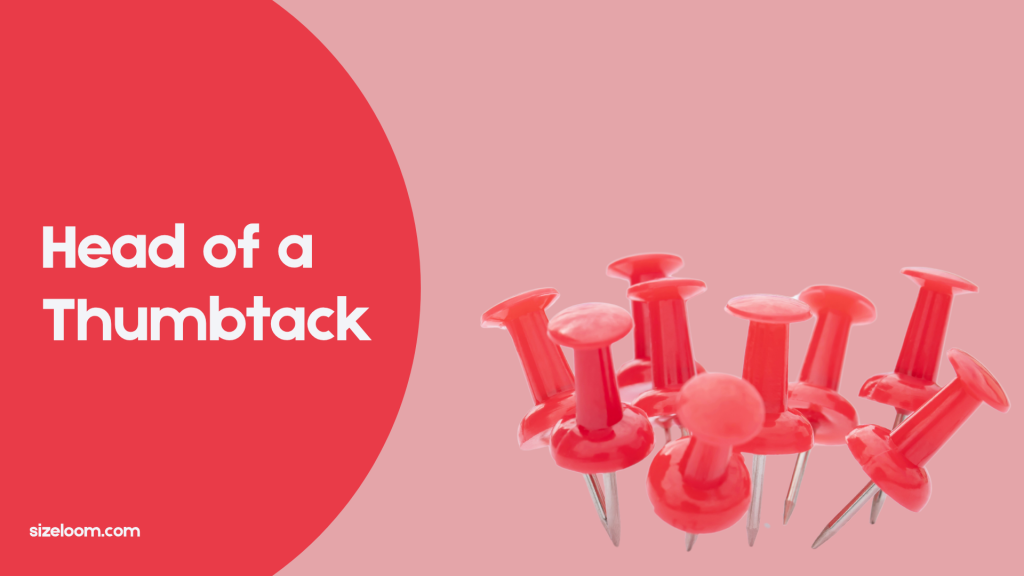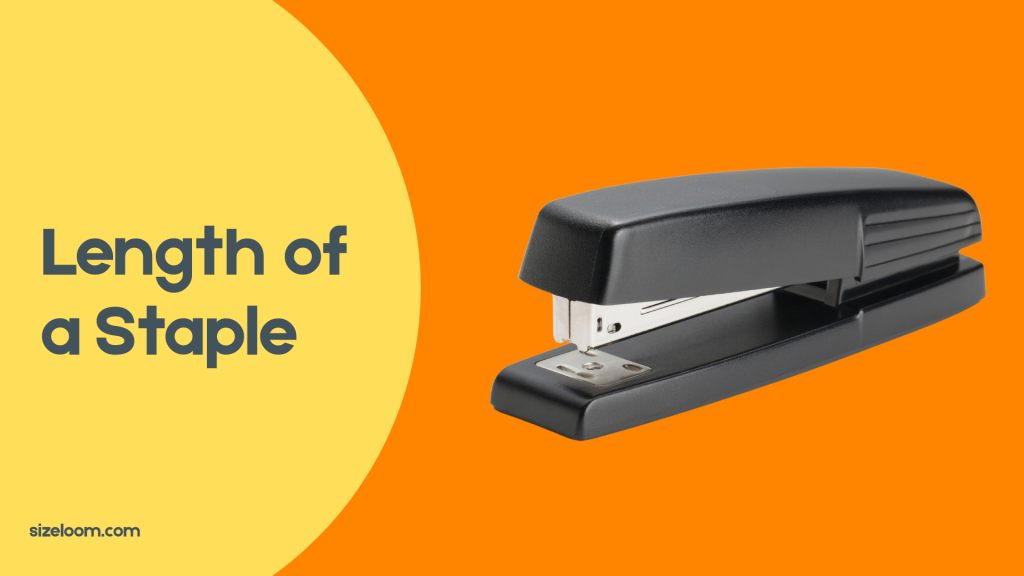Sometimes, we forget how tiny a centimeter really is. It’s just a small notch on a ruler—about the width of your fingernail. But guess what? There are things around you every day that are exactly 1 centimeter long. From buttons to building blocks, these little items are easy to miss but fun to notice once you know what to look for.
How Big Is 1 Centimeter?
Let’s put it simply: 1 centimeter is 10 millimeters, or about 0.39 inches. It’s smaller than half your thumb’s width and shorter than the average fingernail. While it might sound tiny, it plays a big role in everyday life—from school projects to office work to crafting. And whether you’re using a metric ruler, a type of ruler with inch and centimeter markers, or just eyeballing it, knowing what 1 cm looks like comes in handy more often than you’d think.
A centimeter marker on a ruler might look abstract at first, but once you start linking it to familiar objects—like staples or the head of a thumbtack—it becomes an easy, reliable reference. Let’s take a look at 11 everyday items that are either exactly or nearly 1 cm in some dimension.
9 Everyday Objects That Are Precisely 1 CM Long
1. Head of a Thumbtack

Standard plastic-headed thumbtacks are surprisingly consistent. The diameter of the flat head is typically about 1 centimeter. It might vary slightly by brand, but most fall within the 9–11 mm range—making it a very common measurement used as a visual stand-in when you don’t have a ruler handy. Besides, thumbtacks are a common item in homes, offices, and classrooms—exactly the kind of familiar object that makes learning accurate measurements easier.
2. Width of a Paperclip

While standard paper clips are usually about 3.5 cm long, the width of the clip—measured from the inner side to the outer curve—is often right around 1 cm. This isn’t just a guess; the uniform size of the most-used models (like Gem-style clips) has made paper clips an essential tool in offices and a quirky but effective standard for measurement in a pinch. And yes, paper clips come in different styles, but the classic metal ones remain a good perfect reference for everyday estimates.
Don’t miss this: How Heavy is 700 Kilograms? 8 Everyday Things That Weigh the Same.
3. Shoelace Tip (Aglet)

The plastic or metal tip of a shoelace—officially called an aglet—commonly measures between 8 and 12 millimeters in length. That puts many of them nearly spot-on at 1 cm. It varies with lace type (boot laces are longer), but the standard sneaker aglet sits close enough to count. These little everyday objects make tying shoes easier—but they’re also a sneaky way to teach kids about fundamental measurements in daily life.
4. Two Pencil Erasers

A single pink pencil-top eraser, the kind attached to a No. 2 pencil, is typically about 5 mm tall. Stack two of them and you get—drumroll—about 1 cm in height. Sure, you might need a bit of squinting and a flat surface to line them up, but it works. They’re tiny, easy to find, and they give you a hands-on sense of a standard measurement—useful when working with kids or anyone learning to estimate precise measurements.
5. Edge of a 5-Dollar Coin (CAD)

Let’s go with the Canadian $5 commemorative coin (or a U.S. silver dollar, for that matter). These coins usually have a thickness—not diameter—very close to 1 cm. For example, the 1987 Canadian $5 silver coin has a thickness of approximately 1 cm. While not commonly in circulation anymore, they’re still a valid reference point and a tangible way to understand size relationships between coins and standard paper clip widths.
6. Width of a Button

Small shirt buttons—especially those used on dress shirts or sleeves—often measure exactly 1 cm in diameter. These everyday items may not seem all that interesting, but they’re made with consistent size standards in mind, especially in manufacturing. That makes them a reliable reference for sewing, repairs, or visual estimations.
7. Paper Clips

Yes, paper clips again. But we’re zooming in on their paper clip wire now. The gauge (or thickness) of the metal wire is typically about 1 mm, meaning 10 stacked side-by-side would equal 1 cm. It’s a surprisingly accurate measurement unit—especially when you’re sketching layouts or spacing items on sheets of paper. So beyond just being a familiar item, a paper clip can act like a mini measurement tool, too.
Explore this topic: How Far is 2 Miles? 8 Everyday Comparisons to Help You Picture It.
8. Diameter of US Quarter

A U.S. quarter has a centimeter diameter of about 2.43 cm across, so not a match in full—but stack 10 of them and you’ll get a 1 cm height. That’s because each coin has a centimeter in diameter thickness of roughly 1.75 mm, and when you stack six or so, you’re in the 1 cm ballpark. So while the diameter itself isn’t 1 cm, the stacking technique gives you a practical, coin-based unit of measure.
9. Length of a Staple

A standard-size staple used in school and office staplers measures 1 cm from one outside edge to the other across its bridge (the part that presses into the paper). Yes, really. The legs may be longer, but that center length is what we’re talking about. It’s a perfect reference when you need quick measurement while stapling posters, marking wall distances, or crafting with kids.
Final Thoughts
The world isn’t built in inches alone. While the imperial ruler still dominates in the U.S., the metric ruler is used in science, design, architecture, and basically everywhere else. Understanding a centimeter, even in casual terms, gives you a better handle on exact measurements and helps you eyeball things like shelf space, screen sizes, or even shoe sizes. Plus, when you start spotting 1 cm in your surroundings, from bottle caps to sewing pins, you get a better feel for how everything in your environment follows a kind of rhythm—what some might call a “common size code” hiding in everyday life.
The SizeLoom Fit Guide is here to help you pick the right size.


